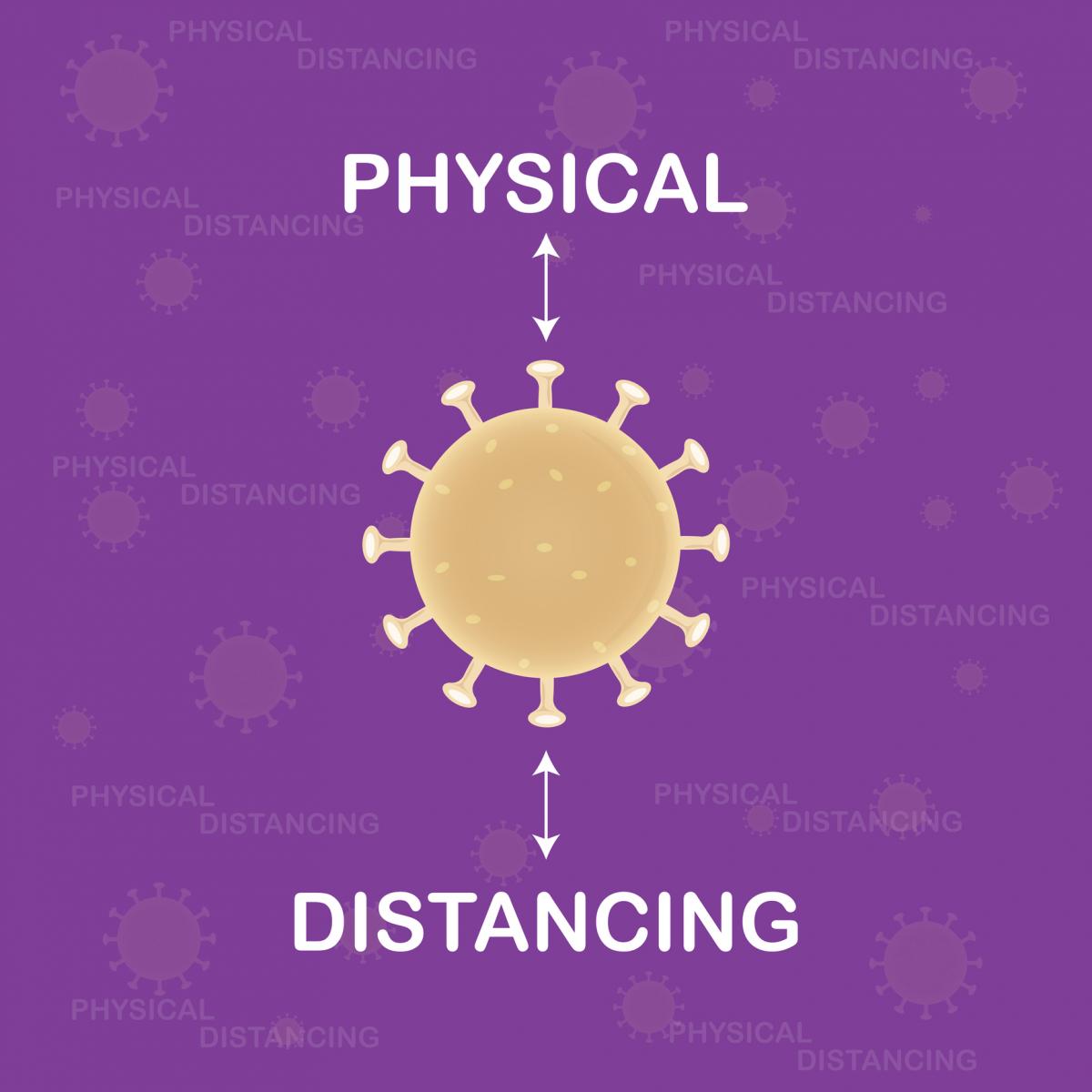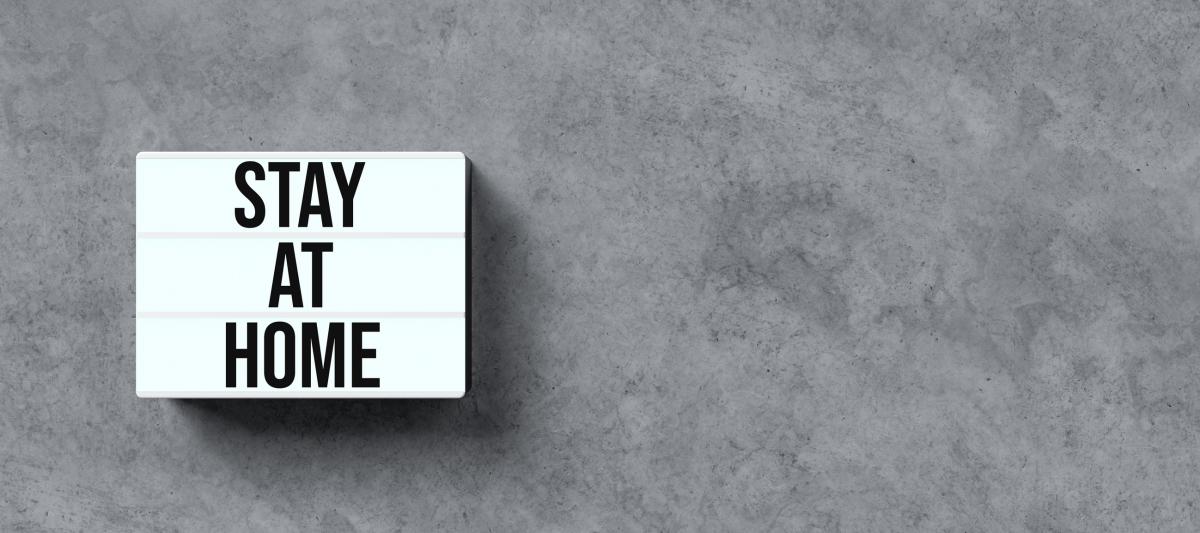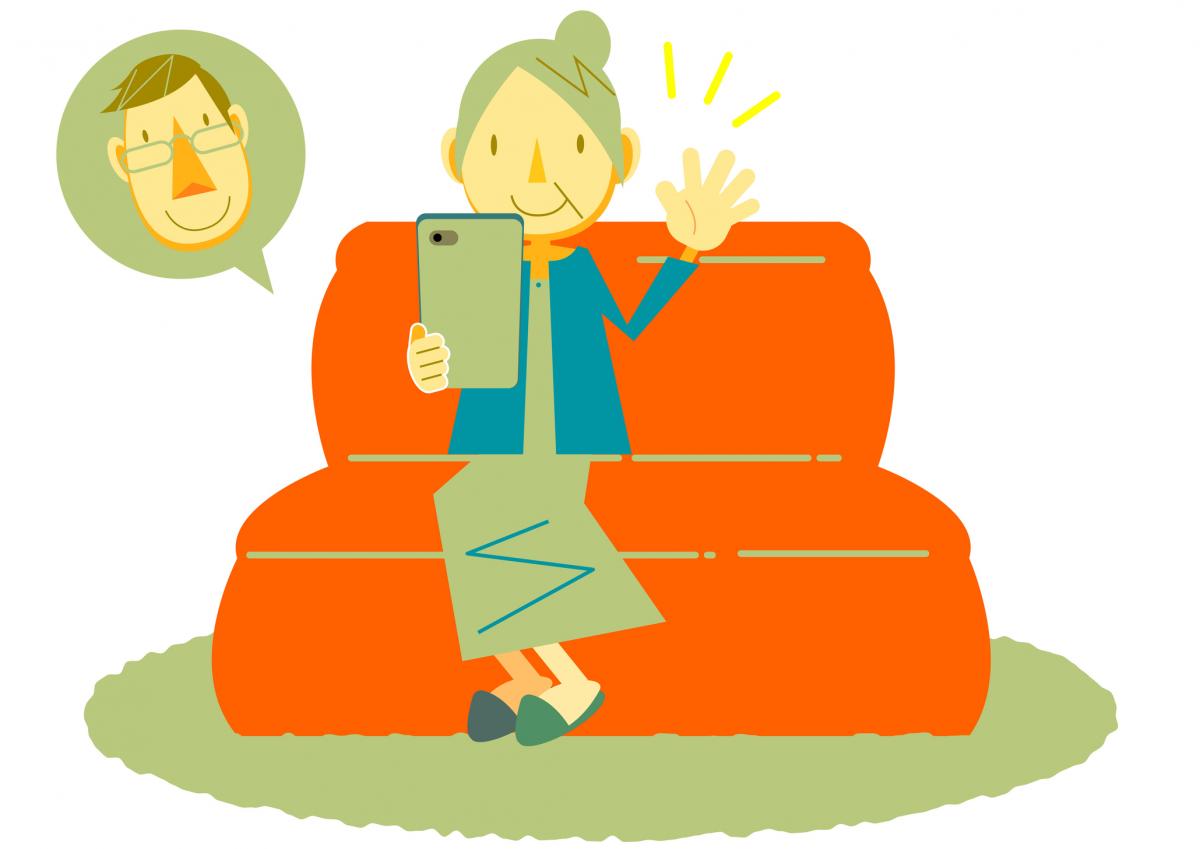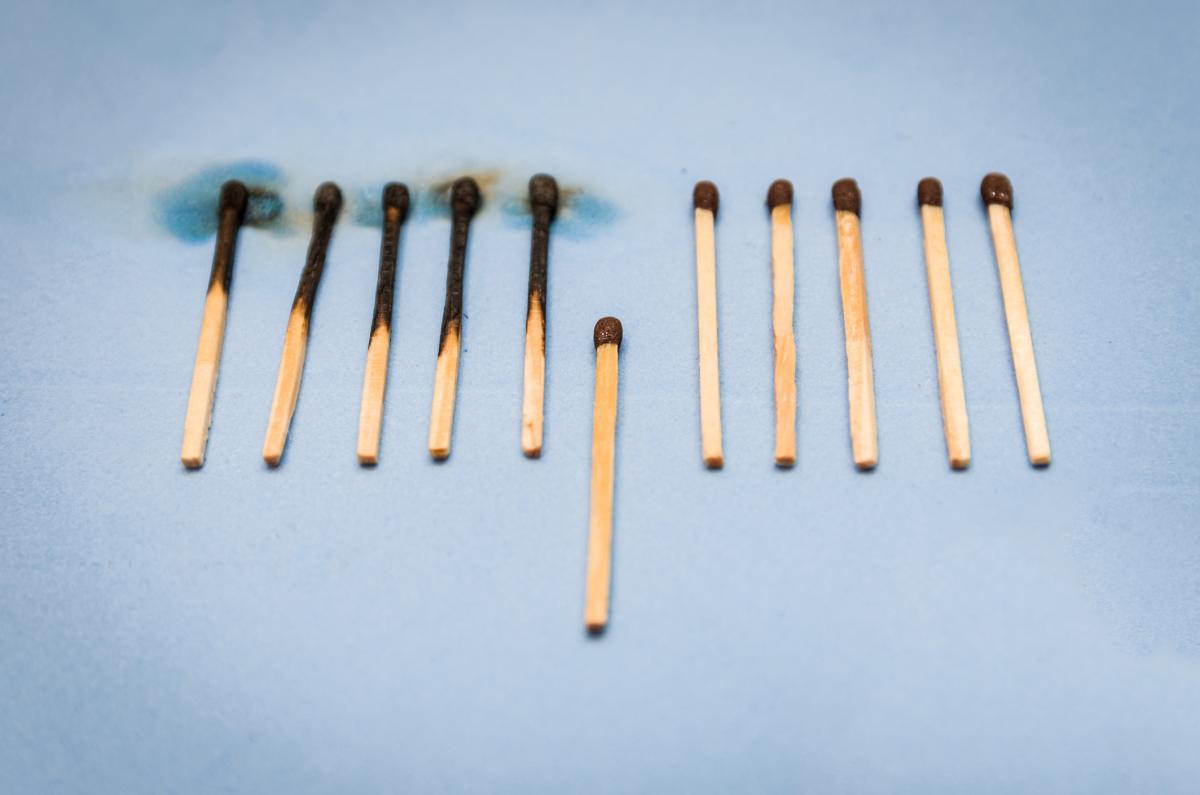As we live in what seems to be a temporary, alternate universe, where our daily routines have been uprooted and replaced with new unfamiliar habits, it can bring a lot of uncertainty, fear, anxiety, and helplessness, not to mention those pesky “what if?” questions that keep our minds spinning. However, in times like this, it’s important to focus on what we can control. The good news is, there is something within our control that each of us can do to contribute in the fight against COVID-19 – that is Social Distancing.

Up until a few weeks ago, many of us had never even heard of the term ‘Social Distancing’ and now it seems to have taken over our daily conversations.
So, what is social distancing? According to the Public Health Agency of Canada, social distancing means making changes in your everyday routines in order to minimize close contact with others, including:
- Avoiding crowded places and non-essential gatherings
- Avoiding common greetings, such as handshakes
- Limiting contact with people at higher risk (e.g. older adults and those in poor health)
- Keeping a distance of at least 2 arms lengths (approximately 2 metres) from others, as much as possible
However, to better define what public health experts and government officials are asking us to do, the term “physical distancing” is now being used to describe what we need to do to break the chain and prevent the spread of COVID-19.
Physical distancing is just as it sounds, it means avoiding close physical contact with others to prevent the spread of COVID-19. This includes:
- Avoid non-essential trips into the community
- Cancel group gatherings
- Work from home, where possible
- Conduct meetings virtually
- Keep kids away from group gatherings
- No visits to long-term care homes and other care settings
While keeping physical distance is very important, we don’t need to socially isolate or distance ourselves. Rather, we need to stick together now more than ever and emotionally connect with one another – we just need to do that in creative, virtual ways for the time being.
Why is social (physical) distancing so important?
Health officials have repeatedly stated that physically distancing ourselves from other people is critical to try and limit the spread of COVID-19 as best we can.
The rationale behind social (physical) distancing is to try and avoid a huge spike in COVID-19 cases that will put too much strain on our health care system all at once. If everyone gets sick at the same time, hospitals will be overwhelmed, and won’t have the capability to provide the necessary treatment for everyone.
Instead, we can focus our efforts to “flatten the curve” and prevent that spike in cases. If everyone does their part and practices social (physical) distancing to slow the rate of COVID-19 spread, it will give hospitals a fighting chance to continue to have room, necessary supplies and health care providers for all patients who need care. This will protect those individuals at greatest risk of serious complications or death.
Check out this great infographic that shows the math behind how effective social (physical) distancing can be if we continue to limit our physical interactions with others and work to break the transmission chain.

Here is how you can practice social (physical) distancing
- Stay home as much as possible
- Work from home if you can
- Exercise at home or outside
- Use food delivery services or online shopping
- Limit your trips out of the house
- Go outside for essential trips only such as groceries, work and exercise
- Keep a distance of 2 metres (6 feet) from others
- Greet others with a wave, a bow or a nod (in place of handshakes or hugs)
- Sanitize or wash your hands when entering and exiting buildings
- No more than three people per elevator and use an elbow to press buttons if you can
- Avoid long lineups and maintain space between others in line
- Use tap to pay rather than handling money
- If taking public transit, avoid prolonged close contact with others:
- Travel during non-peak hours
- Take shorter trips rather than one long trip
- Use technology to keep in touch with family, friends and coworkers

- Use programs like Skype, Zoom and FaceTime to connect
- Conduct virtual meetings
- Host virtual playdates for your kids
- Keep up with everyday hygiene actions
- Wash your hands often for at least 20 seconds
- Avoid touching your eyes, nose or mouth
- Cough or sneeze into the bend of your arm (elbow)
- Regularly clean high-touch surfaces in your home
How long will we have to practice social (physical) distancing for?

At this point, it is unclear as to how long we will have to follow these strict social (physical) distancing practices. As we’ve seen, the COVID-19 situation evolves daily and health experts are doing their best to get ahead of this and be as proactive as possible. However, the sooner we can get everyone on board with social (physical) distancing the better!
When life begins to return to normal, we may have a new-found appreciation for things that we took for granted – hugging our loves ones, meeting up with a friend for coffee, attending a hockey game or going to the movies – before March 2020 rolled in. Social (physical) distancing is our best protection to prevent the spread of COVID-19 so let’s flatten that curve together…but from a 2-metre distance apart, of course!
